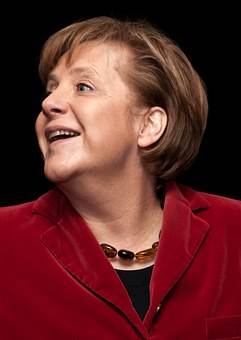Last week was a strong week for the Euro: the currency rose by more than 2% against the U.S. Dollar, partly due to weakness in the Dollar, partly due to the market finding renewed faith in the success of the European project following Emmanuel Macron’s victory in the French Presidential election.
Technically, the rise was confirmed by a bullish breakout beyond a long-term bearish trend line and a key resistant round number at 1.1000. It was following that technical break that the price rise really took off.
In my weekly forecast published yesterday, I wrote that some further rise this week was all but inevitable following such strong bullish momentum, and today I was proved right, even in the absence of any major scheduled news items. The Euro was given an unexpected boost by the comments of German Chancellor Angela Merkel, who said the Euro is “too weak”, blaming the policies of the European Central Bank for Germany’s over-large trade surplus. Although Merkel has no role in setting the Euro’s monetary policy, and her comments were made in a relatively informal setting to students, the market reacted by pushing the Euro higher by about 75 pips against the USD within the 3 hours following her comments. It should be remembered however that the Euro was looking like it was on its way to higher prices this week in any case, illustrating the old trading adage that “accidents tend to happen along the line of least resistance”. The EUR/USD was trading at a 1.1246 at one point, just below a key resistance level and large psychological number at 1.1250, and a six-month high price not seen since the hours when President Trump’s victory in the Presidential election was first being confirmed.
The EUR/GBP currency cross has also risen to reach 2-month high prices, despite there also being a bullish trend in the British Pound, clear evidence that the Euro is the most bullish currency over the short to medium term.
